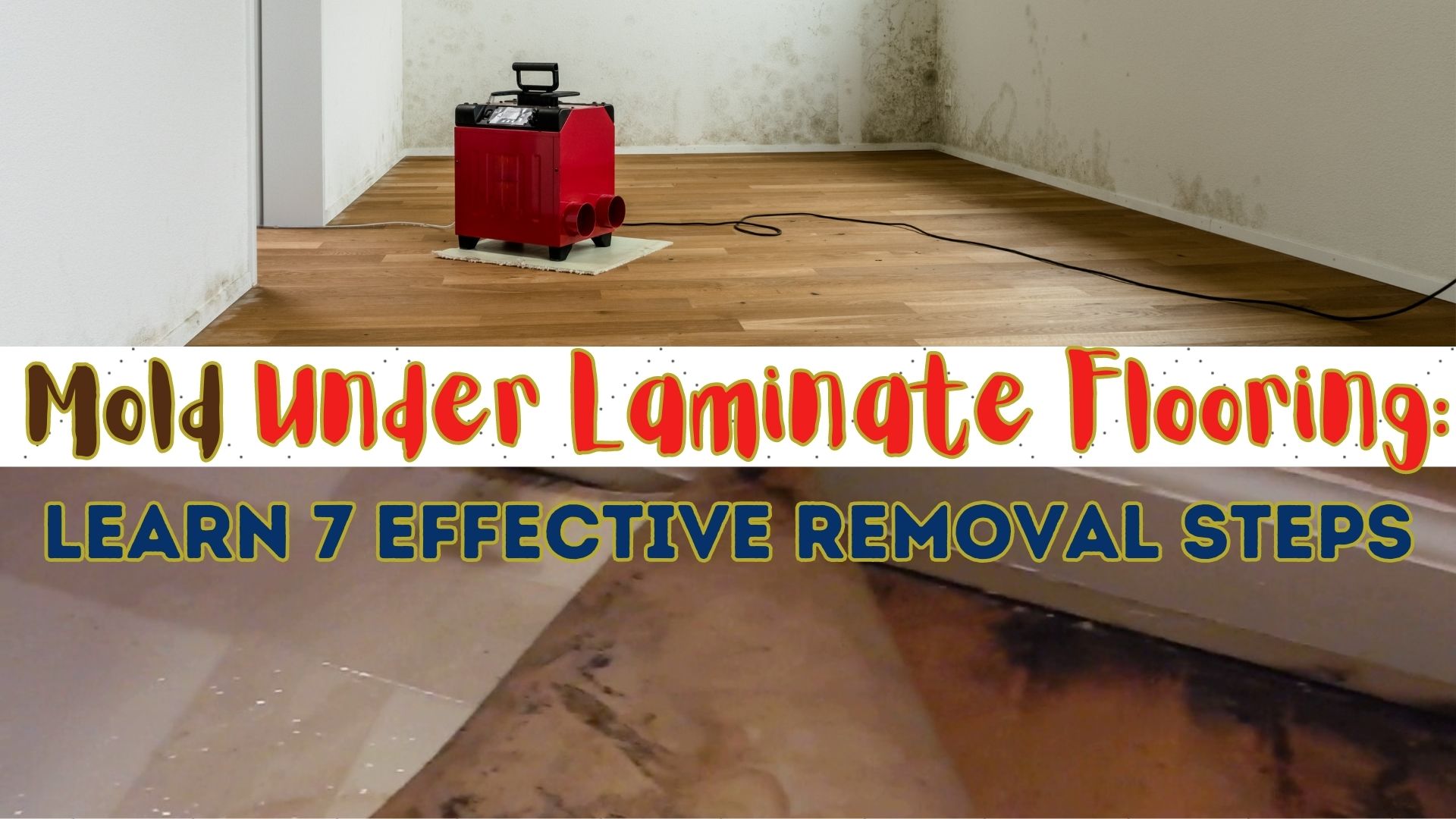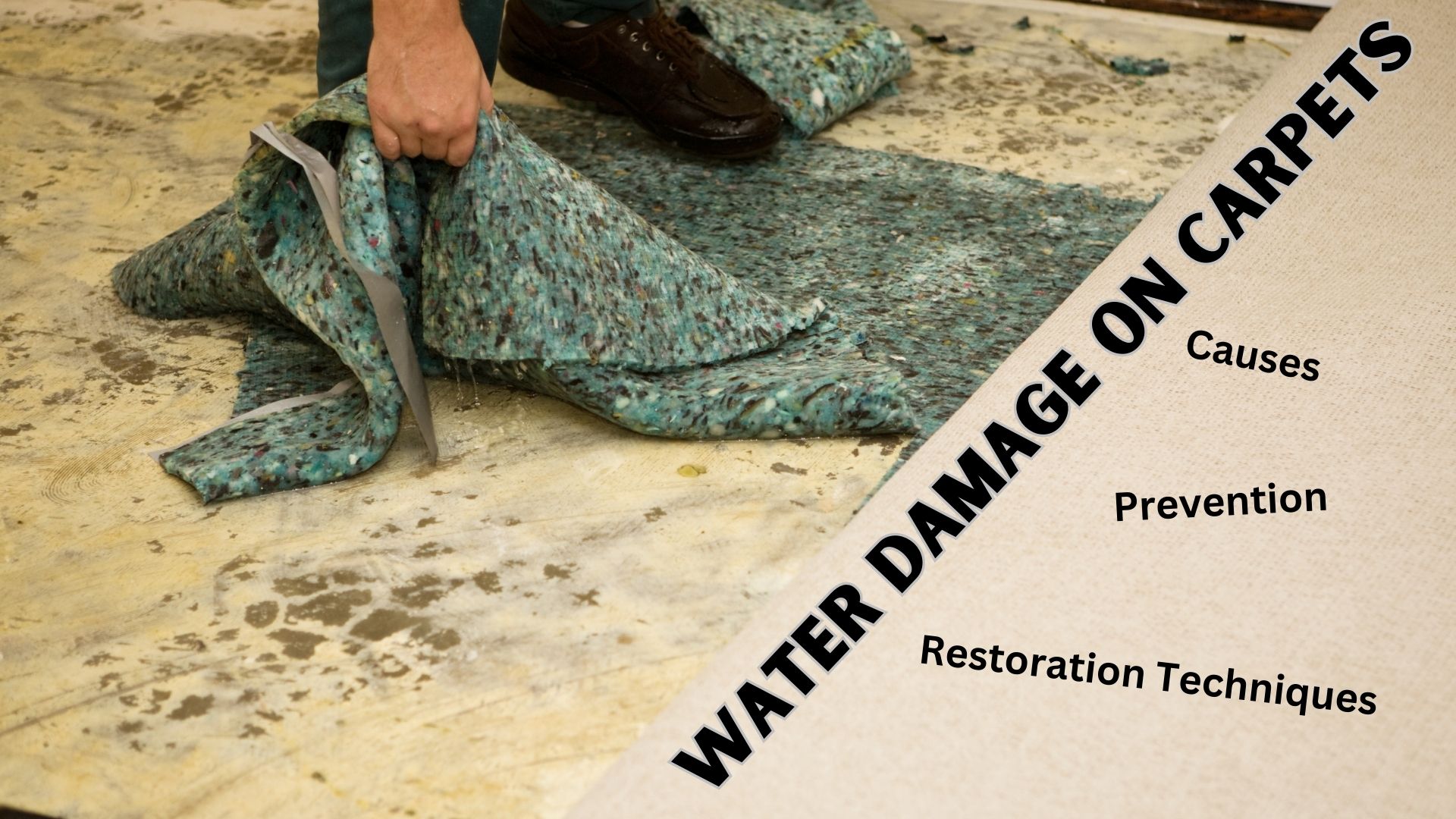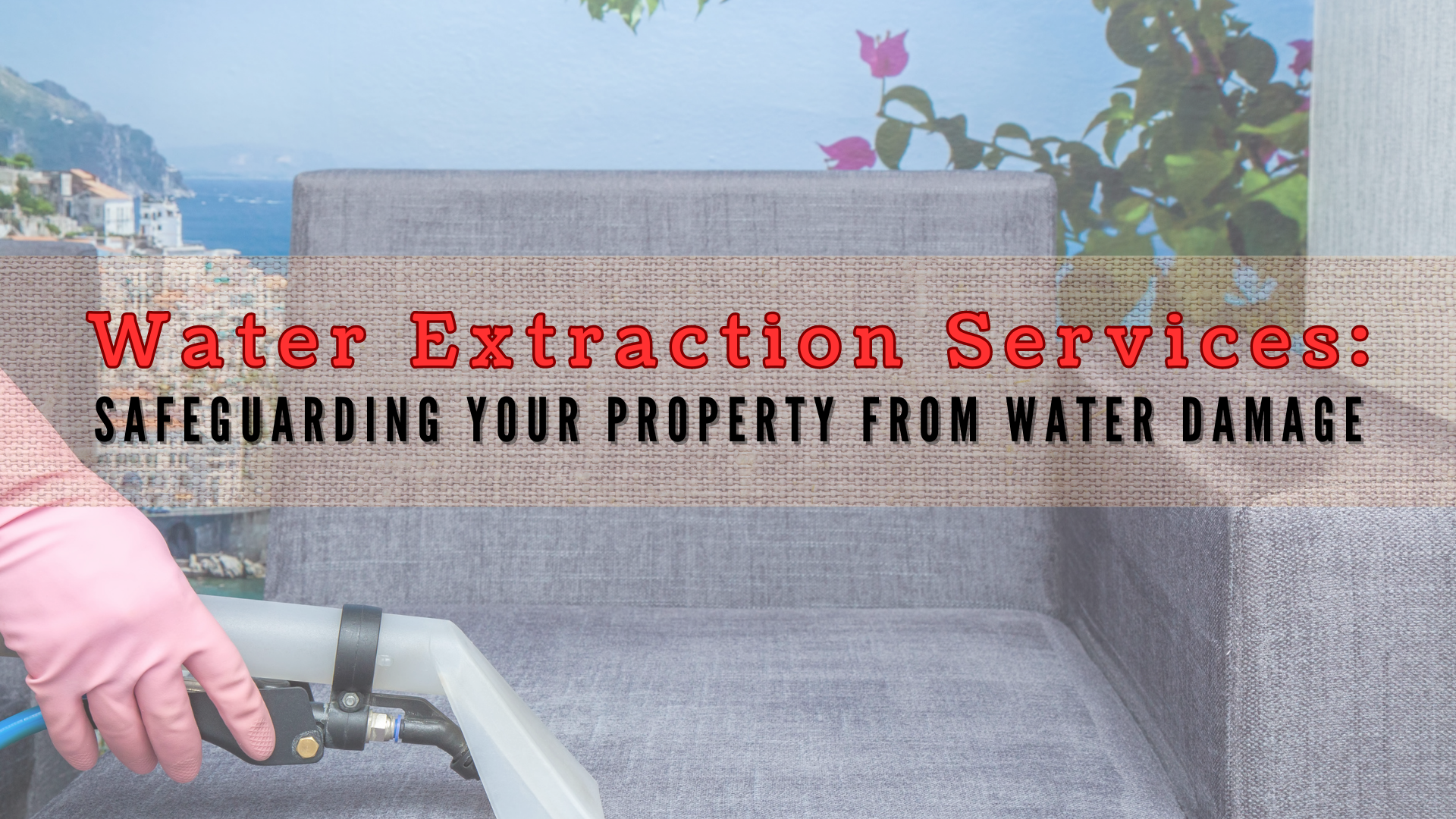Any type of flood can be destructive to your home. Whether it is caused by falling water, groundwater or plumbing malfunctions, taking some best practices in the first 24 hours is crucial. Responding appropriately and swiftly can minimize damage and ensure your home and your family’s safety.
1. Stay Safe
In case a flood is serious and that you may need to leave your home, be cautious when returning. A flood can destroy parts of your home causing structural damage like cracked or loosed foundation, warped walls, buckling and gaping holes on the floors and broken windows. Re-enter your home only when authorities have considered it safe.
Moreover, floodwaters that have intruded through your home might have caused damage to utility lines, like gas, electricity, sewer, and water. If you suspect any damage, make sure to contact a utility company. Turn off electricity and water sources to prevent electrical shock. Also, you must avoid using electrical appliances that have been affected by the flood to prevent home fires. Allow a licensed electrician have your appliances inspected before using.
2. Document the Damage
Before doing repairs and removing water, make sure to take evidence of the destruction through pictures or even videos. Insurance companies require evidence before processing the claim. Digital reports are highly recommended because they can be stored and copied electronically. Failing to document the damage before removing water or starting with the repairs can potentially decrease the amount of your insurance coverage.
3. Notify Your Insurance Company
Contact your insurance company to inform them of your property damage immediately after the flood. You can easily contact your insurance company because the National Flood Insurance Program works through private insurers. When in touch with your insurer, make sure to pin down the cause of the flood and the amount of your coverage. You can also inform your insurance agent of the condition of your home and what repairs you may intend to do as soon as possible.
Your insurance agent may ask you to wait for an adjuster to inspect the extent of the damage before making any repairs. Follow the given directions carefully and take note of the details of each conversation. Furthermore, know that a basic flood insurance policy will most likely uncover temporary shelter in case your home is unlivable.
Generally, flood policies cover the physical structure of your home including foundation, plumbing, and electrical systems, heating systems, personal possessions like appliances and furniture.
4. Protect Yourself and Your Family
Even if the water that has seeped through your home is clear, it might have contacted with contaminants that can bring infections or illnesses. If you must start with the cleanup, it is recommended that you wear waders or waist-high waterproof boots, rubber gloves and goggles to protect yourself against harmful bacteria.
Keep children away from contaminated areas. Toss out food items that may have been exposed to floodwaters and boil water before consuming it, not unless authorities have declared it safe.
5. Begin Water Removal Procedure
Removing water from your property might require professional equipment if the water level is high. You may rent wet/dry vacuum, dehumidifiers, fans, pumps, and heaters at the nearest local hardware store. You may also need buckets, mops, and garbage bags during the cleanup process.
Be cautious to avoid injuries when removing water. Water is extremely heavy. One cubic foot of water is equal to a weight of ten pounds. Serious injuries might happen when care is not taken when carrying water up and down the stairs.
6. Mitigate Mold Growth
Mold grows onto damp areas in as fast as 24 hours after a flood. Carpeting or bedding that were saturated by floodwater must be discarded because fibers have been exposed to contaminants and wet carpeting can be a perfect place for mold to grow.
Set up fans throughout the affected area to minimize mold growth. Open doors and windows to allow air circulation and help out in the drying process.
If you see signs of mold, clean it with a non-ammonia detergent and a bleach solution. You may also consider a water damage restoration company to fully remove and mitigate mold growth.
7. Secure Your Property
A flood can weaken parts of your home. Windows may be broken and the roof might have undergone damage. Protect your home from additional damage by boarding up windows or putting a trap on the roof. It can also help protect your home against the entering of intruders and wild animals.
Recovering From A Home Flood
It is not always easy to recover from a flood that is why it is recommended to have easy access to the contact number of your most trusted disaster restoration company. Always keep is in your emergency bag. Professionals from a water damage restoration company are always ready at any time of a disaster and will be on-site an hour after your call.
Skilled technicians will perform proper cleaning, drying, and content and property restoration. The process even includes extensive mold removal and mitigation.
Trust water damage restoration companies, like Water Damage Murrieta, in case of a disaster.




